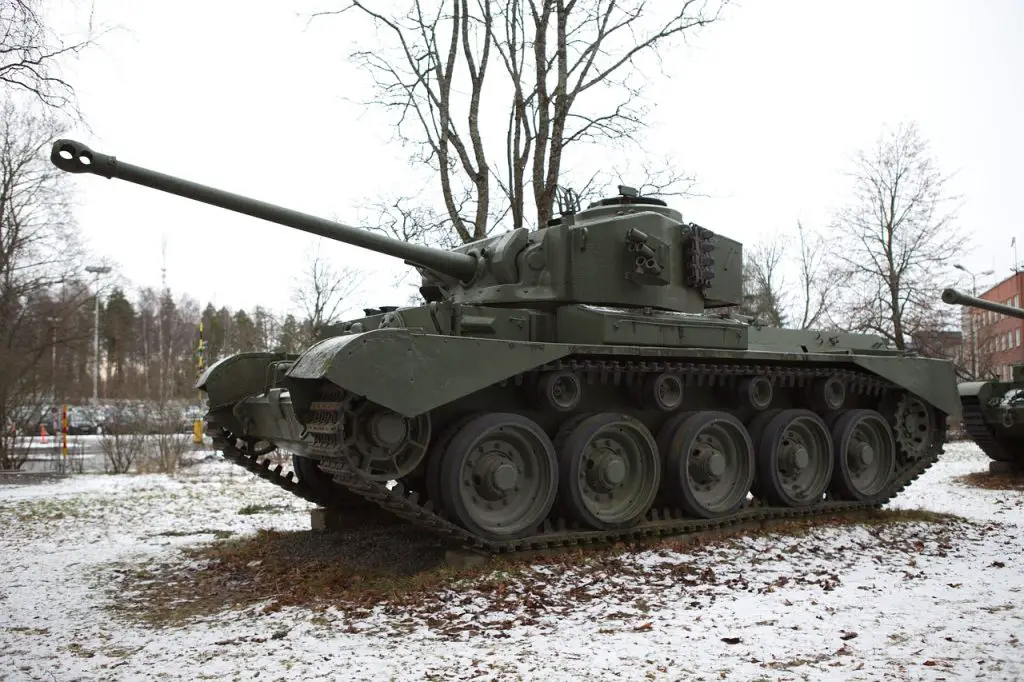 istorians and scholars from different eras have always debated about which year has been the worst for humankind and most of them point their fingers at AD 536, not only due to the massive number of deaths but also because of the many events that took place which led to a scaringly high death count and terrible living conditions for most humans. In this article, we will be looking at some of the factors that make this the worst year and why other historians, as well as scientists, beg to differ.
istorians and scholars from different eras have always debated about which year has been the worst for humankind and most of them point their fingers at AD 536, not only due to the massive number of deaths but also because of the many events that took place which led to a scaringly high death count and terrible living conditions for most humans. In this article, we will be looking at some of the factors that make this the worst year and why other historians, as well as scientists, beg to differ.
It is imperative to mention that most historians do refer to AD 536 as the period between AD 536 and AD 542. This is because most of the factors that define this dark period as the worst period in history began in AD 536, therefore making it the worst year in many eyes.
Strange climate change
From the research done by scientists, it is said that AD 536 was the coldest year in the last 2300 years, which made the winter season a survival season for most cultures. Contemporary scholars also tell us that it is not only the fact that it was a really cold winter that made it a bad year but also many strange events where the climate changed all of a sudden.
Some scholars have noted that they saw heavy snow in China during the peak period of summer. Besides the Chinese culture not being used to very cold weather, the main problem was that most crops were killed due to the harsh climate, therefore creating a famine. This did not only happen in China but in many other parts of the world where snow never settled. Some scientists argue that this was due to the sun not offering the same level of heat during that particular year.
Many periods were recorded where South America would suffer from three long months of heavy rain followed by three months of drought, this would once again affect the agriculture within the continent, not only killing the main source of the economy but also creating a famine. Scientists believe that these drastic changes within the climate have contributed to the collapse of many cultures around the world, not only from the cold weather but also due to famine.
Multiple volcanic eruptions
What impacted agriculture and the well-being of humans during this year was the multiple volcanic eruptions in the northern hemisphere of the globe. They lead to the engulfment of half of the globe in darkness due to a massive dark cloud that didn’t allow the sun’s heat to reach the Earth’s ground, therefore lowering temperatures. This also explains why this was the coldest year.
Besides not having much natural heat, agriculture once again suffered enormously due to the lack of sunlight which was vital to the growth of plants. Just imagine not being to discern between night and day as it was always dark whilst starving to death and freezing cold. This darkness lasted 18 months, so most of the year AD 536 lived in obscurity.
Although the multiple volcanic eruptions can be considered a triggering factor for the eerie climate change, these eruptions mainly happened in the northern hemisphere of the globe, therefore not explaining why the weird climate also happened in the other half of the globe.
The first Bubonic Plague
The Bubonic Plague from the 540s, also known as the Plague of Justinian began in AD 541 and lasted until AD 549. This exact pandemic was caused by a bacteria called Yersinia pestis which was not necessarily transmitted from person to person but by rats. This pandemic apparently started in Egypt and was shipped to the Byzantine empire in the monthly grain transports.
The pandemic received its nickname because it began spreading through the Byzantine Empire which was ruled at the time by Justinian I. In less than a year, the pandemic had spread worldwide, covering most of Europe, Asia, North Africa, and the far East. Scientists estimate that almost 50% of the world population was wiped out in the nine years the pandemic took place.
Due to the antiquity of this pandemic, it is hard to estimate with accuracy the actual number of deaths, but it is presumed that around 50 to 100 million people died. Historians also estimate that during the 6th century (AD 501 to AD 600), the world population only amounted to approximately 190 million. This shows the possibility of 50% of the world’s population actually being wiped out by this pandemic.
We can assume that the year or period of AD 536 to AD 549 was the worst period in history because the pandemic and other events that created a worldwide famine could have concluded in the death of over half of the globe’s population, which is absolutely devastating and something that would seem like an apocalyptic event today.
You would think that with so many terrible events that concluded in a high rate of deaths, the world would stop fighting for once, but no. Contemporary scholars note different wars occurring over the European and African continents.
Therefore, it is quite difficult to argue against it. Still, quite a few people do as they see history from different perspectives which is very good since we always need new perspectives and viewpoints that can critically analyze our history.
Avid Writer with invaluable knowledge of Humanity!
Upcoming historian with over 30 million views online.
“You make your own life.”





